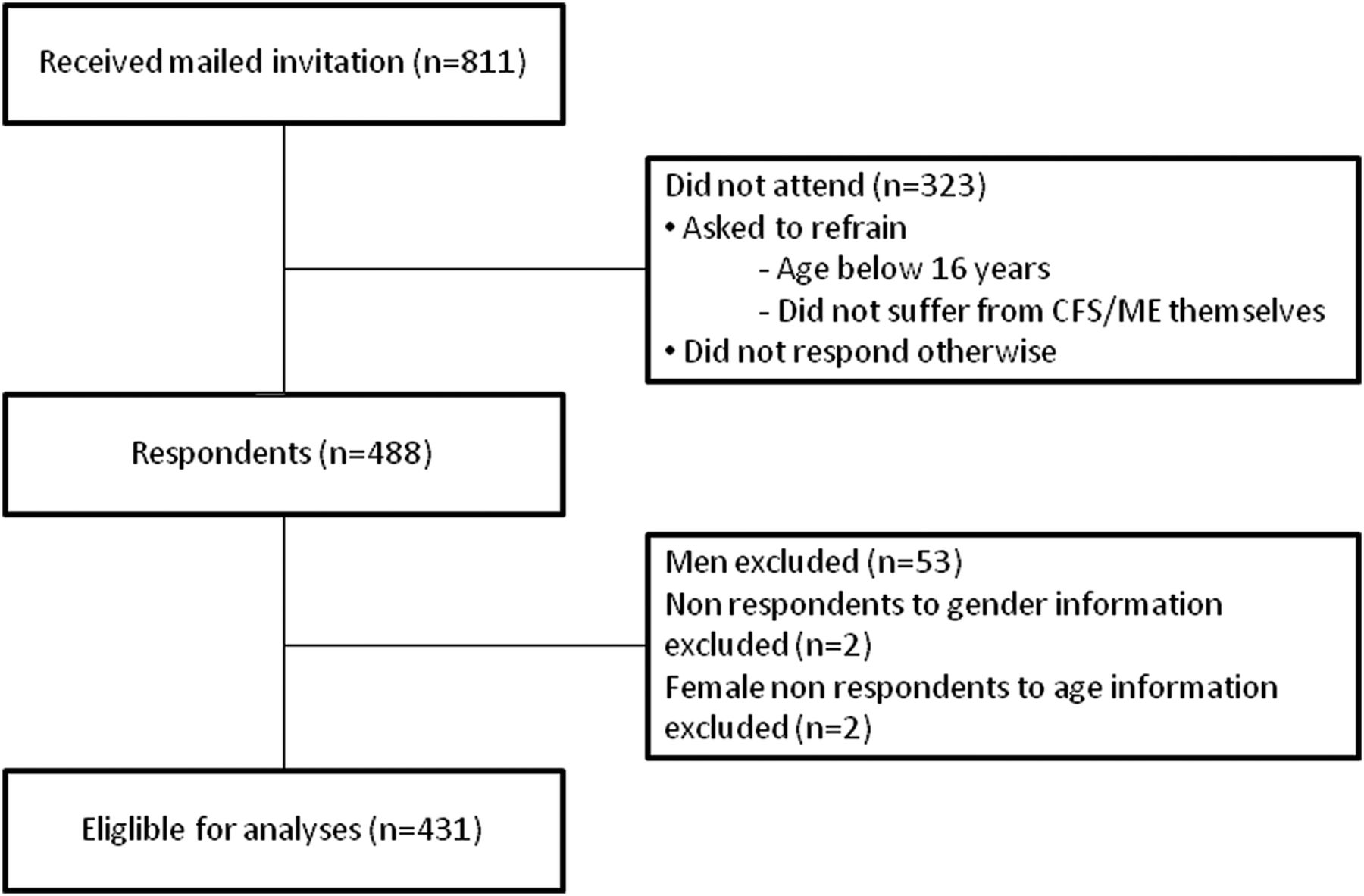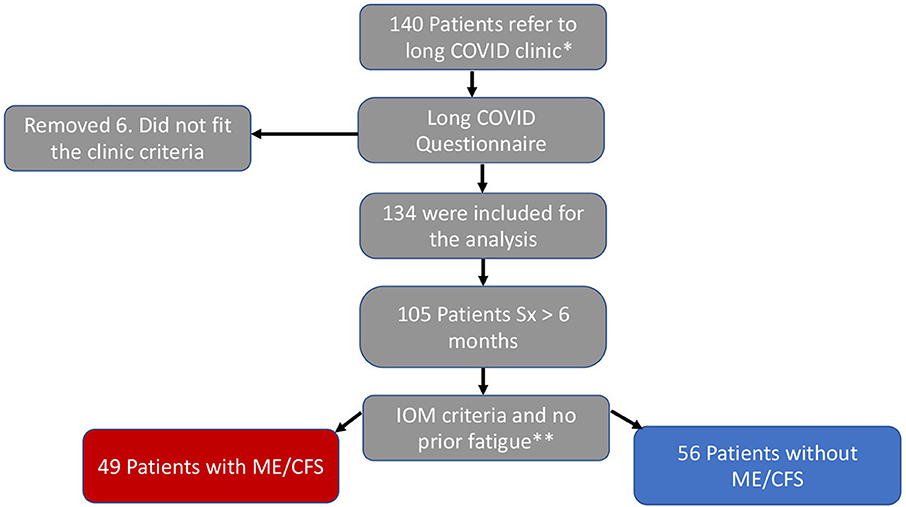Chronic Fatigue Syndrome, commonly abbreviated as CFS, is a complex and often misunderstood medical condition that affects millions of people worldwide. Despite its prevalence, the exact cause of this disorder remains unknown, making diagnosis and treatment challenging for both patients and healthcare providers. This article delves into the intricacies of Chronic Fatigue Syndrome, exploring its defining characteristics, common symptoms, potential causes, and strategies for managing the condition effectively.

What is Chronic Fatigue Syndrome?
Chronic Fatigue Syndrome is a long-term illness characterized by extreme fatigue that does not improve with rest and cannot be explained by an underlying medical condition. The fatigue experienced by individuals with this condition is so severe that it interferes with their daily activities, including work, school, and social interactions. Unlike typical tiredness, the exhaustion associated with this syndrome is persistent and overwhelming, often lasting for six months or more.
Key Features of the Condition
- Prolonged Fatigue: The hallmark symptom is unrelenting exhaustion that persists despite adequate rest or sleep.
- Post-Exertional Malaise: Physical or mental activity can exacerbate symptoms, leading to a worsening of fatigue and other issues.
- Unrefreshing Sleep: Individuals may sleep for extended periods but wake up feeling just as tired as before.
- Cognitive Difficulties: Problems with memory, concentration, and focus are common among those affected.
Symptoms of Chronic Fatigue Syndrome
The symptoms of this condition vary from person to person, but they generally fall into several categories. These symptoms can fluctuate in severity and may overlap with other health issues, complicating diagnosis.
Primary Symptoms
- Extreme Fatigue: This is the most prominent symptom and is often described as debilitating and relentless.
- Difficulty Concentrating: Many individuals report “brain fog,” which makes it hard to focus, remember details, or process information quickly.
- Sore Throat: A persistent sore throat without an apparent cause is frequently reported.
- Muscle Pain: Generalized muscle aches and discomfort are common complaints.
Secondary Symptoms
- Joint Pain: Joint pain without swelling or redness is another frequent symptom.
- Headaches: New patterns or types of headaches may develop, differing from previous experiences.
- Tender Lymph Nodes: Swollen or tender lymph nodes in the neck or armpits are often observed.
- Dizziness: Some individuals experience dizziness or lightheadedness when standing up or changing positions.
Potential Causes and Risk Factors
While the exact cause of this condition remains unknown, researchers have identified several factors that may contribute to its development. It is likely that a combination of genetic, environmental, and immunological factors plays a role.
Infectious Agents
Some studies suggest that viral or bacterial infections may trigger the onset of this condition. For example, individuals who have had illnesses such as Epstein-Barr virus, Lyme disease, or even the flu have reported developing symptoms consistent with this syndrome afterward.
Immune System Dysfunction
Abnormalities in the immune system have been observed in some individuals with this condition. While it is unclear whether these abnormalities are a cause or a result of the illness, they may contribute to the chronic inflammation and fatigue experienced by patients.
Hormonal Imbalances
Disruptions in hormone production, particularly those related to the hypothalamus, pituitary gland, and adrenal glands, have been linked to this condition. These hormonal imbalances may affect energy levels, mood, and overall well-being.
Psychological Stress
Emotional or physical stress is believed to be a contributing factor in some cases. Traumatic events, prolonged periods of stress, or significant life changes may act as triggers for the onset of symptoms.
Diagnosing the Condition
Diagnosing this condition can be challenging due to the lack of specific diagnostic tests and the overlap of symptoms with other illnesses. Healthcare providers typically rely on a thorough evaluation of the patient’s medical history, symptoms, and exclusion of other potential causes.
Diagnostic Criteria
- Persistent Fatigue: The fatigue must be present for at least six months and not alleviated by rest.
- Post-Exertional Malaise: Symptoms must worsen after physical or mental exertion.
- Unrefreshing Sleep: Sleep disturbances and non-restorative sleep are key indicators.
- Cognitive Impairment: Issues with memory and concentration must be reported.
Ruling Out Other Conditions
To ensure an accurate diagnosis, healthcare providers will often conduct tests to rule out other conditions that mimic the symptoms of this syndrome. These may include thyroid disorders, anemia, depression, and autoimmune diseases.
Managing the Condition
While there is no cure for this condition, various strategies can help manage symptoms and improve quality of life. Treatment plans are highly individualized and often involve a combination of approaches.
Lifestyle Modifications
- Pacing Activities: Learning to balance activity and rest is crucial for preventing post-exertional malaise.
- Healthy Diet: Consuming a balanced diet rich in nutrients can support overall health and energy levels.
- Regular Sleep Routine: Establishing a consistent sleep schedule can help improve sleep quality.
Medical Interventions
- Medications: Certain medications, such as antidepressants or pain relievers, may be prescribed to address specific symptoms.
- Cognitive Behavioral Therapy: This form of therapy can help individuals develop coping strategies and manage the psychological impact of the condition.
- Graded Exercise Therapy: A carefully structured exercise program may help some individuals gradually increase their activity levels.
Alternative Therapies
- Acupuncture: Some individuals find relief from symptoms through acupuncture, which may help reduce pain and improve energy levels.
- Meditation and Mindfulness: Practices such as meditation and yoga can promote relaxation and reduce stress.
- Nutritional Supplements: Certain supplements, such as magnesium or omega-3 fatty acids, may be beneficial for some individuals.
Support and Coping Strategies
Living with this condition can be isolating and emotionally taxing. Building a strong support network and adopting effective coping strategies are essential for managing the emotional and social challenges associated with the illness.
Connecting with Support Groups
Joining support groups, either in-person or online, can provide a sense of community and understanding. Sharing experiences with others who face similar challenges can be empowering and reassuring.
Educating Family and Friends
Helping loved ones understand the nature of the condition can foster empathy and reduce feelings of frustration or misunderstanding. Open communication about limitations and needs is key to maintaining healthy relationships.
Focusing on Mental Health
Prioritizing mental health through therapy, self-care practices, and stress management techniques can help individuals cope with the emotional toll of living with a chronic illness.
Ongoing Research and Future Directions
Researchers continue to investigate the underlying mechanisms of this condition in hopes of identifying more effective treatments and, ultimately, a cure. Advances in genetics, immunology, and neurology hold promise for shedding light on this complex disorder.
Emerging Treatments
New therapies, such as immune-modulating drugs and personalized medicine approaches, are being explored as potential options for managing symptoms. Clinical trials are underway to evaluate the safety and efficacy of these interventions.
Increased Awareness
Raising awareness about this condition is critical for reducing stigma and improving access to care. Advocacy efforts aim to educate the public and healthcare professionals about the realities of living with this illness.





